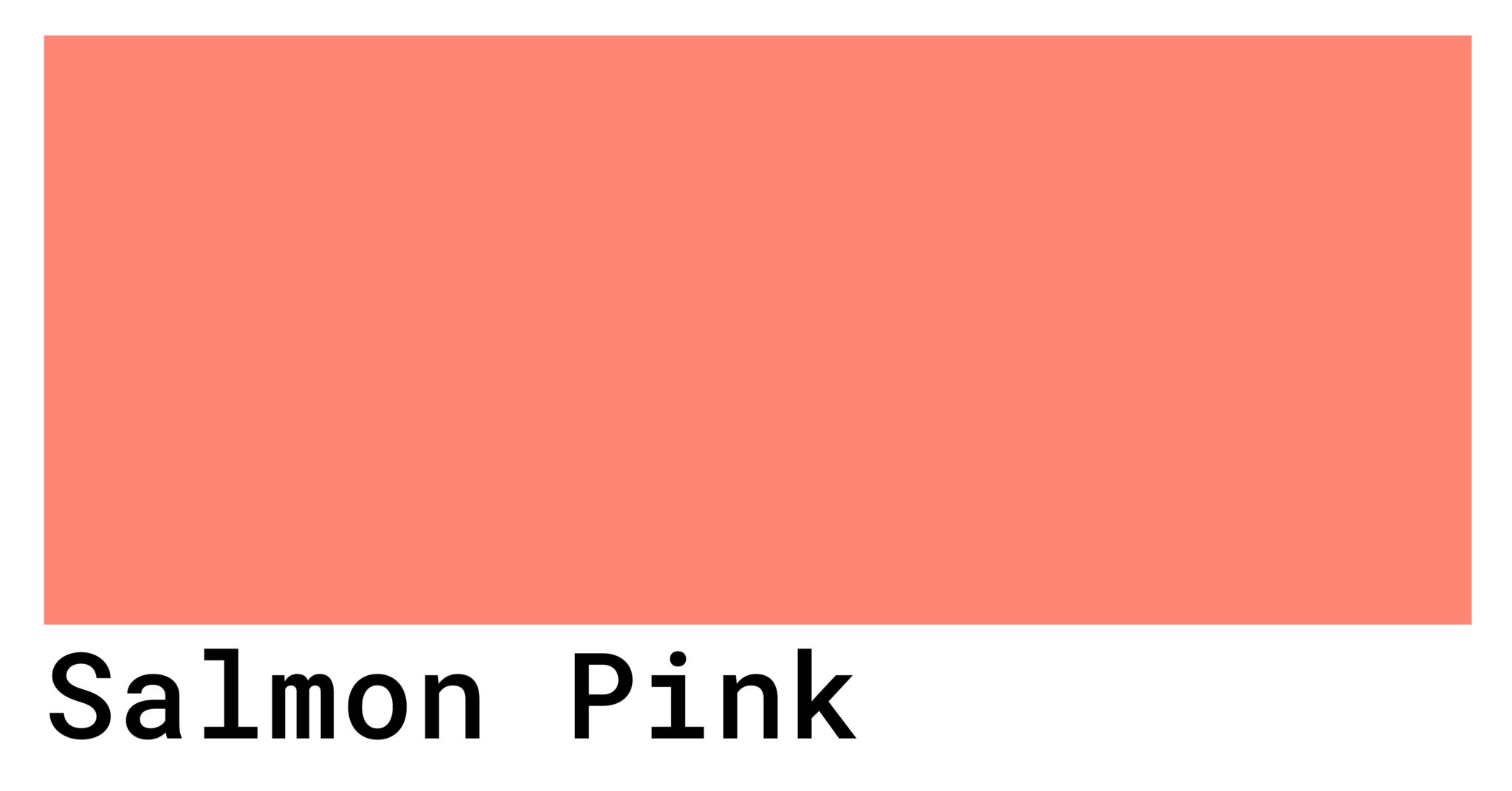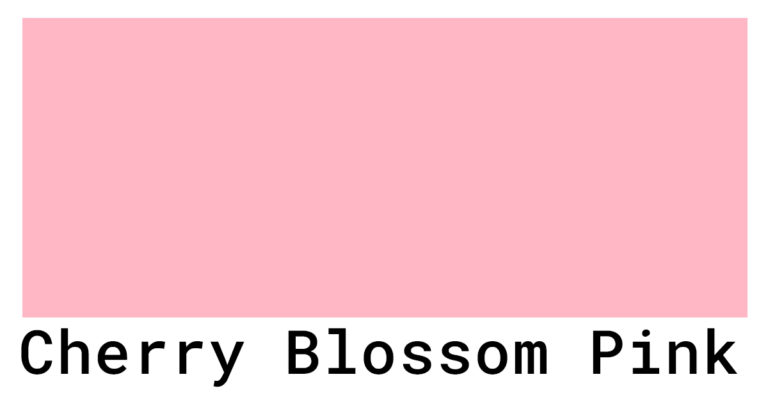

Paul Strand … #e73895 backgroundīe who you are and say what you feel because those who mind don't matter and those who matter don't mind. It can be found anywhere, far from where he lives or a few feet away. #e73895 HTML / CSS Code Examples #e73895 foreground

#e73895 linear gradient to complementary #20ffbc This color has an approximate wavelength of 501.11 nm.īuy paint matching this color Color Variations In the HSL color space #e73895 has a hue of 328° (degrees), 78% saturation and 56% lightness. In the RGB color model #e73895 is comprised of 90.59% red, 21.96% green and 58.43% blue. The color royal pink with hexadecimal color code #e73895 is a shade of magenta-pink.

If you enjoyed this post, please share it with your fellow artists.Royal pink / #e73895 Hex Color Code, RGB and Paints I have had students who claim they have charts of complementary colors hanging around their studios. Perhaps this is a good time to explore other pairs of complementary colors? Try it and see what happens. What are your reactions to these de-saturated/neutralized colors? What subject matter lends itself to using the complement of pink? Or perhaps an abstract painting? Are you surprised by the mixtures that can be created? Warning: Your results will most likely be different from mine because the parent colors will be somewhat different. This is the completed 7-Step Chromatic Scale.Below you see a green swatch with just a bit of pink added to it. Next, mix the two steps of green in the same manner as you did the pinks.Then add more green to this mixture for the third step.Paint a swatch of this color next to the pink parent color. Just add a little bit of the green to the pink and notice how quickly the pink starts to neutralize or de-saturate. Now mix the two steps between the pink and the middle color.The resulting color will be a brown or a gray which indicates that both parent colors have been cancelled. This takes practice and sometimes patience. Your objective is to achieve a hue – mixing your pink and yellow-green – that does not contain any evidence of either parent color. Apply a swatch of each parent color on canvas or watercolor paper about 8″-10″ a part.Tip: You will need more yellow than blue to mix your green. Mix a bright yellow-green by using a green-blue, such as phthalo blue, with a green-yellow, such at Hansa yellow light or aureolin.
#Rich pink code colol how to#
To learn more about mixing pink, visit How to Mix Pink? For this demonstration, I used a violet-red as my base color and then added white.


 0 kommentar(er)
0 kommentar(er)
